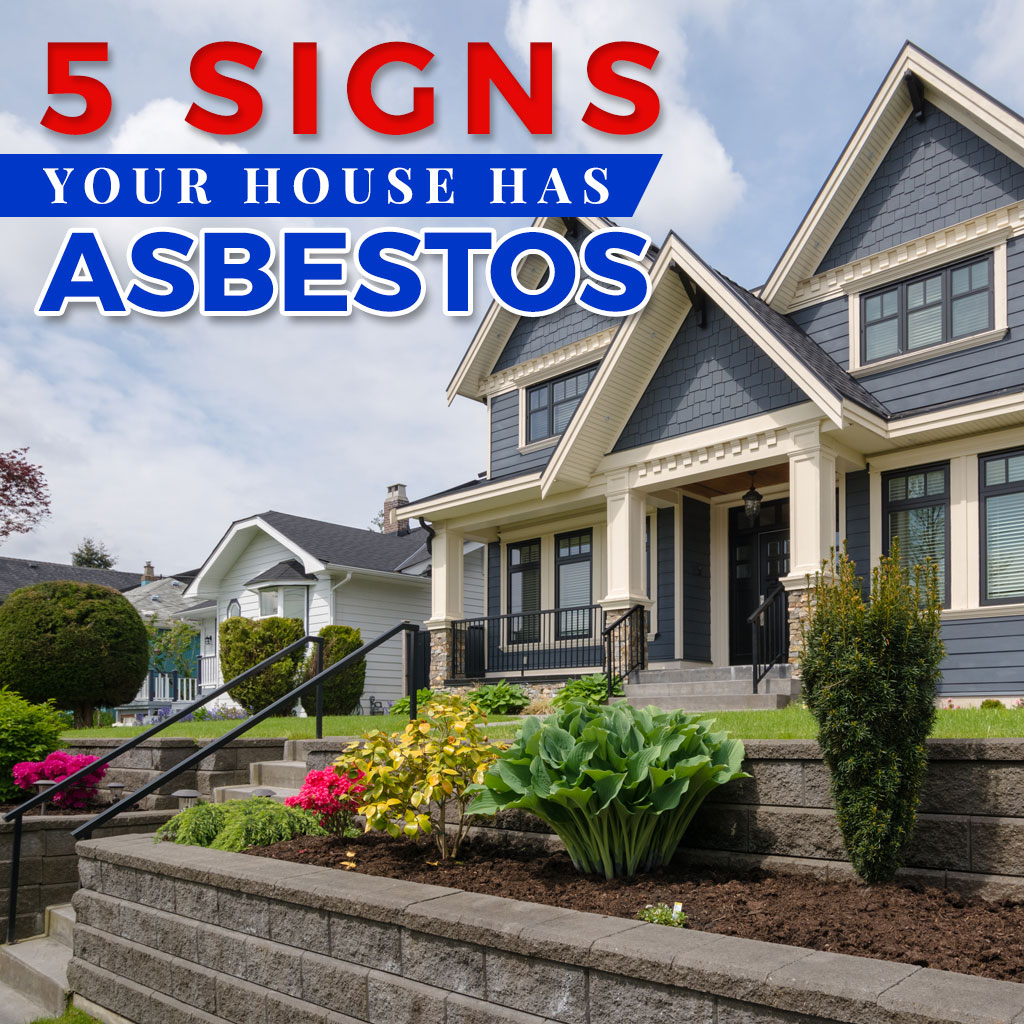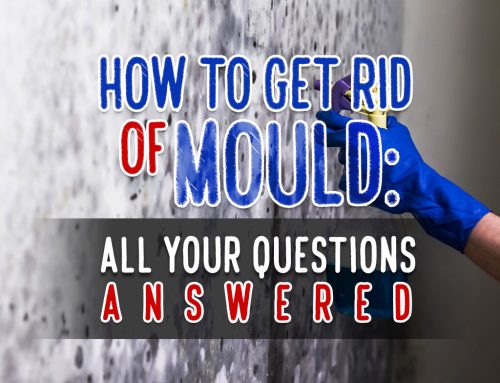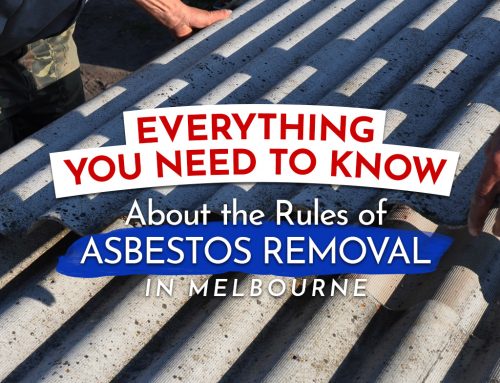Asbestos was once an important construction material for homes and buildings as it is cheap and durable. In Australia, hundreds of thousands of homes were constructed with asbestos containing materials (ACM) up until the 1980s. Asbestoswise reported that:
• In 1954, about 52% of all houses constructed in NSW contained asbestos cement.
• By the 1960s, a quarter of all Australian homes were contaminated with asbestos cement.
• In 1976, only 2% of homes in Victoria were still ACM-free.
Although the use of this material plummeted in 1980s, an actual ban on asbestos and all ACMs was issued only on 31 December 2003. And even with the ban in place, remnants of asbestos contamination continue to be discovered in a few homes time and time again.
Have you been tidying up around the house recently? Make this the perfect time to do a visual survey of your home to check whether you have these 5 indicators of asbestos contamination.
5 Tell Tale Signs of Asbestos Materials in Your Home
1. House Construction Date of 1980s or Earlier
If a house was built during or before 1980s, chances are it is contaminated with asbestos. Homes during the period used to contain asbestos in its floor tiles, walls, ceilings, insulation, and in pipe cement among others.
2. Asbestos Roofing Sheets and Tiles
Most flat corrugated roofing sheets and bitumen roofing tiles are contaminated with asbestos. These building materials use white asbestos, the least dangerous of the three types, but still not short of causing health hazards.
3. Asbestos Flooring Tiles
Vinyl tiles, vinyl sheet with paper or millboard, and 9”x9” flooring tiles are all most likely contaminated with asbestos. The probability is higher if your home was built or renovated during or prior 1980s.
4. Asbestos Insulation
Due to asbestos’ insulation and fireproof property, grey or white asbestos is widely used as insulation for pipes, particularly the fittings. White asbestos tapes were also used on pipes as insulation.
5. Asbestos Ceiling Tiles and Contaminated Fixtures
Old ceilings can be made of asbestos cement sheet. Check for cover traps, light bases, and vent covers as all these can be contaminated with asbestos.
What to Do If You Have an Asbestos Contaminated Home
Do Nothing if the Material is Intact or In Good Shape
If you suspect that your home is contaminated with asbestos, leave the material alone. Do not damage or disturb asbestos. There are also cleaning mistakes that must be avoided to save time and prevent complications. For example:
• Don’t dismantle asbestos. Otherwise, fibres may scatter into the air and enter your body as you breathe.
• Don’t scrub asbestos. This can scrape the surface of the material and cause fibres to scatter as well.
Remember that asbestos, especially the non-friable type, is not hazardous when it is not exposed to air or when it is tightly sealed off and isolated. It only releases inhalable asbestos particles when it is damaged, sawed, drilled or sanded.
Temporarily Isolate Non-Friable Asbestos Containing Materials
You can seal off non-friable asbestos in floor tiles and wall with an encapsulant as a temporary solution. This airtight coating isolates asbestos fibres, preventing them from diffusing. It is only ideal for undamaged ACM, as it can aggravate damaged asbestos containing materials.
Call for Professional Asbestos Removalists
Just as you hire a cleaning professional when house cleaning gets tough, the only real solution to this health hazard is asbestos removal. If you suspect your home is contaminated with asbestos, inform the local authorities and arrange for an asbestos survey or abatement by a licensed contractor such as AWARE.
Take note that asbestos removal is not a simple task which you can do by yourself. Only government approved removalists should remove asbestos containing materials.
Liked this article? Visit our blog regularly for more posts about asbestos disposal.






